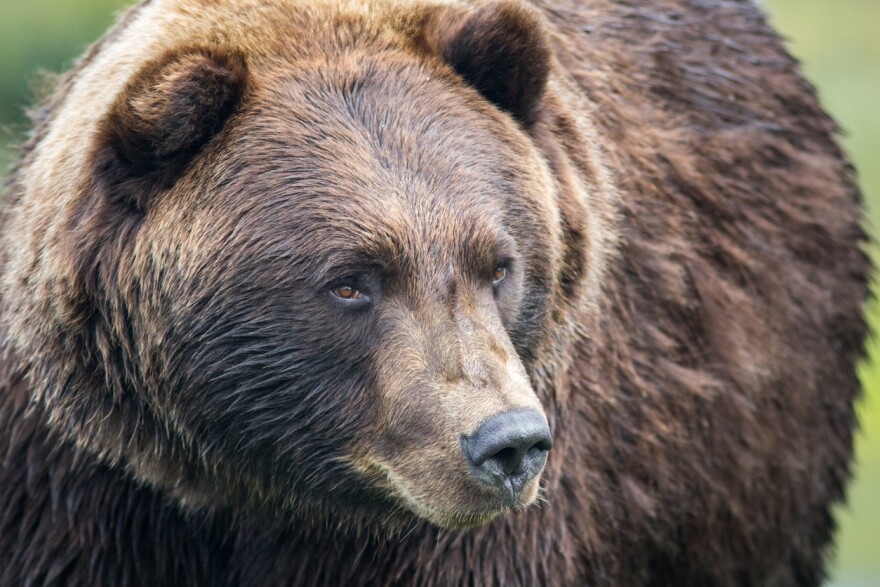The U.S. Department of the Interior recently changed how federal agencies will apply rules within the Endangered Species Act. The move raises questions about protections for established grizzly bear populations in Montana, Wyoming and Idaho. MTPR's Aaron Bolton explains what the rules mean for uninhabited grizzly ecosystems, like the Bitterroot National Forest.
After the Interior Department announced the changes to the ESA last week, many questioned whether they would erode grizzly protections in inhabited portions of the Northern Continental Divide and Greater Yellowstone ecosystems.
But what about public lands without established populations like the Bitterroot National Forest? Here's Jennifer Strickland with the U.S. Fish and Wildlife Service.
"Because the Bitterroots were part of the grizzly bear's historic range and the area provides suitable habitat conditions to support bears, a portion of the ecosystem, located primarily in designated wilderness areas, has also been identified as a grizzly bear recovery zone."
The question is: Because there’s no established population in that recovery zone, would the new rules within the ESA affect or weaken protections for grizzlies if they ever established themselves in the Bitterroots?
For bears in the Bitterroot Ecosystem and for established populations, the short answer is no.
"So the updated regulations, they’re not going to alter any existing endangered or threatened or endangered species listings or any experimental populations," Strickland says.
Grizzlies that were intended to be introduced to the Bitterroots in the 2000s were designated an experimental population, giving public land managers more flexibility. That project never happened.
Only a handful of bears have naturally wandered into the Bitterroots. That’s changing however. Bear managers are hearing more reports of grizzlies in the Bitterroots. A young male with a tracking collar wandered into the forest from the Cabinet-Yaak ecosystem to the north this spring and remains in the area.
Fish and Wildlife says the chances of natural colonization in the Bitterroots are better now than they have ever been, and if that happens, that population will enjoy the same protections under the ESA as other grizzly ecosystems.


